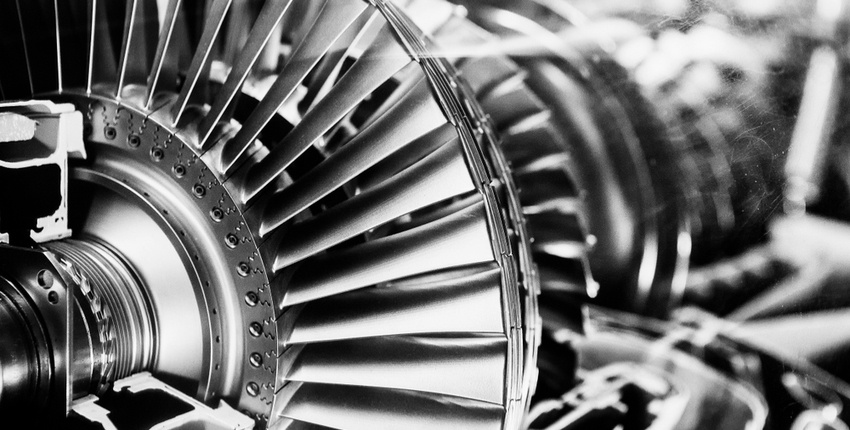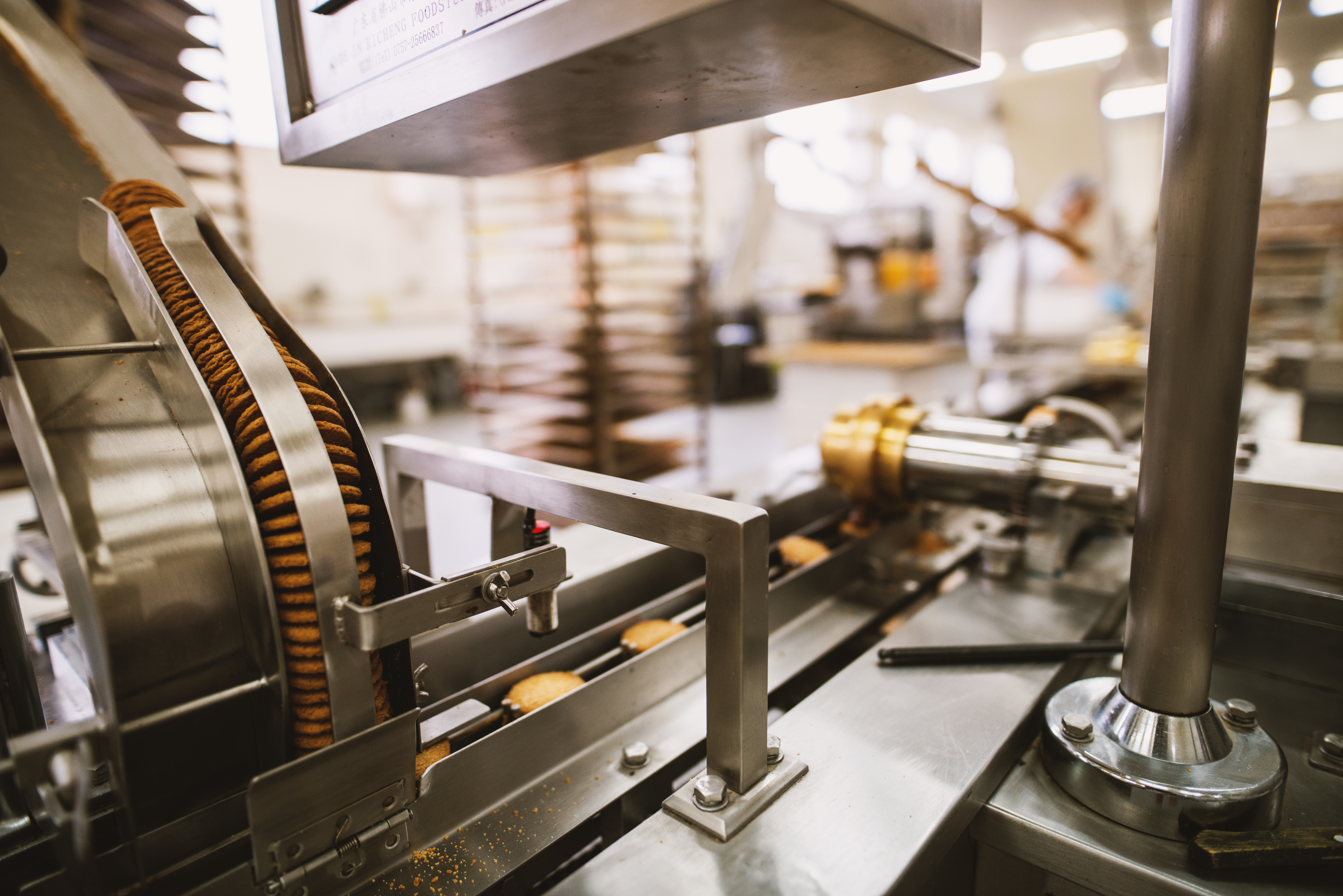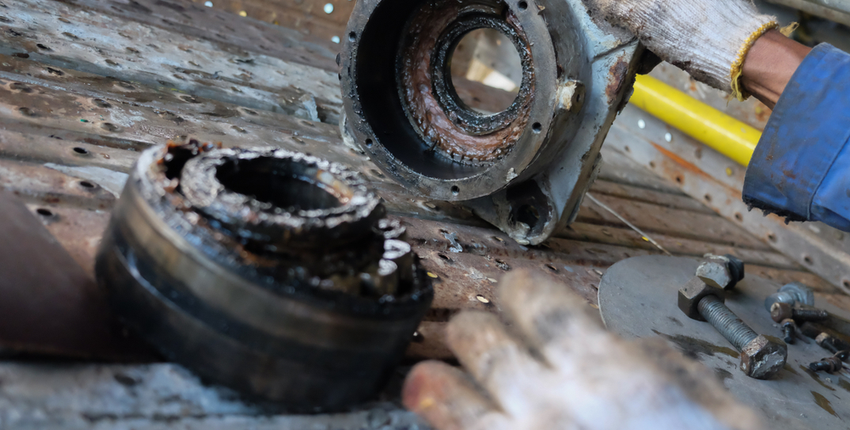Bleed air is a critical component of jet engine functionality.
Simply put, bleed air is compressed air that originates from the compressor section of the turbine or the auxiliary power unit (APU). Gas turbine engineers are able to utilize this air in a wide variety of ways throughout the aircraft to optimize efficiency.
Successful bleed air distribution is critical to the operation of the aircraft as a whole; air bleed valves play a crucial role in this distribution.
Since air bleed valves must be able to operate reliably at extreme temperatures and in dry conditions, carbon graphite is the material of choice for many air bleed valve manufacturers. Carbon graphite is a popular choice for engineers in many similar industrial applications for its ability to lubricate rubbing components.
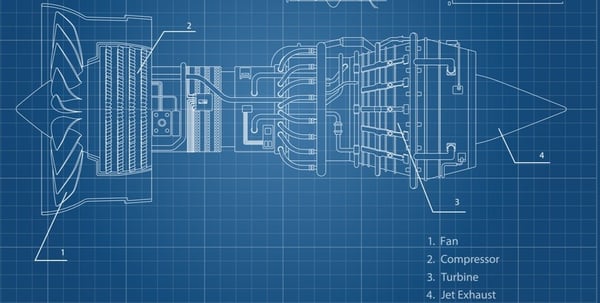
Before exploring the advantages of using carbon graphite in gas turbine engineering and air bleed valves, let’s cover the requirements of well-engineered bleed air distribution systems and how they can help optimize jet engine performance.
Energy-Efficient Engines: Recovering the Energy from Bleed Air for Aircraft System Distribution
Without a proper bleed air distribution system, the potential energy that can be derived from bleed air is essentially lost.
Given that the temperature of bleed air is usually 400-500°F and leaves the engine at ~40 psi, a lot of energy stored within gas turbine bleed air could be very useful in other aircraft systems. Considering all the systems within an aircraft that need to be powered, conserving any and all energy possible is of utmost importance to engine efficiency and optimal performance.
How Energy from Bleed Air Can Be Utilized in Aircraft Systems
- START THE ENGINE: Bleed air can be extracted from the APU to power the air turbine starter, which provides the initial torque needed to get the engine’s main shaft rotating
- COOL THE CABIN: By directing a controlled supply of bleed air to the aircraft’s A/C packs, the temperature of the cabin’s air conditioning can be easily regulated
- KEEP POTABLE WATER FLOWING: Bleed air can be used to pressurize the potable water holding tank, eliminating the need for an onboard water pump
- IMPROVE AIRCRAFT AERODYNAMICS: When fed through specialized wing flaps, bleed air can enhance the boundary layers formed on the wings, making the aircraft even more aerodynamic
- DE-ICE THE WINGS: Hot bleed air is perfect for keeping critical parts of the aircraft (i.e. the wings) ice-free
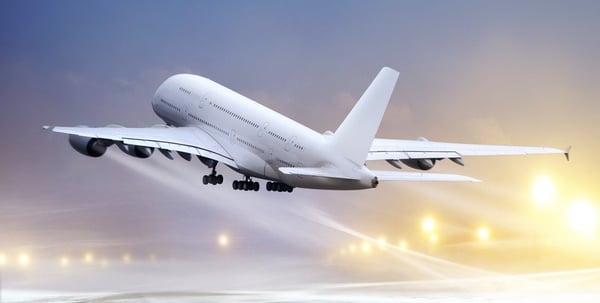
How to Distribute Bleed Air from Gas Turbines to Other Jet Engine Systems
Directing the flow of extremely hot, pressurized air is no easy task, and can't be handled by just any material. Bleed air valves must be able to operate at high altitudes, withstand extreme temperatures, and be as lightweight as possible.
With a variety of strict considerations and regulations in mind, engineers are tasked with a critical materials selection.
Material Properties That Aid in Bleed Air Distribution and Jet Engine Efficiency
Engineers look for materials like mechanical carbon graphite that have uniquely beneficial material properties:
WEIGHT-SaVINGS
One property of carbon graphite that is often overlooked (yet is critical in aerospace applications) is its weight. Aerospace engineers look for weight savings anywhere they can find it. An extra pound on a turbine, multiplied by the thousands of flights that turbine takes and by the thousands of turbines in a particular fleet, has huge monetary implications for an airline, especially considering the staggering cost of jet fuel. So, even when designing a component as small as an air bleed valve on a turbine, the fact that carbon/graphite is a relatively low density material is incredibly significant.
Environmental Durability
The ability of a mechanical component to withstand such a harsh environment is also of utmost importance. At such high altitudes, the atmosphere is incredibly dry – this means that any mechanical components operating in a section of the aircraft that isn’t climate-controlled must be able to successfully handle very dry running conditions. Add extreme temperatures to the equation, and it may seem like there is no chance any material can perform reliably in this environment. In fact, carbon graphite manufacturers have engineered grades specifically for these operating conditions.
Self-Lubricating and Oxidation-Resistance
These grades are almost always graphitized, since graphite (as opposed to carbon graphite) is much more lubricious and has improved oxidation resistance. Carbon/graphite manufacturers take it one step further and impregnate this graphite with an oxidation inhibitor. Not only does this oxidation inhibitor obviously improve the material’s oxidation resistance (as the name implies), but it also enhances the film forming capability of the material. Since the atmosphere is so dry in these applications, having a robust transfer film on which the valve can run is critical.
Thermal Conductivity
At such extreme temperatures, being able to dissipate heat away from any localized point is important. This prevents local heat build-ups which can be disastrous. Although this effect is more critical for high speed bearing applications where excessive heat accumulation due to friction is common, air bleed valves benefit from this property as well.
Carbon/graphite handles air bleed valve applications very well for the same reasons carbon/graphite handles most aerospace applications very well. Few (if any) other materials have the perfect combination of material properties that allow for reliable operation in such extreme conditions.





